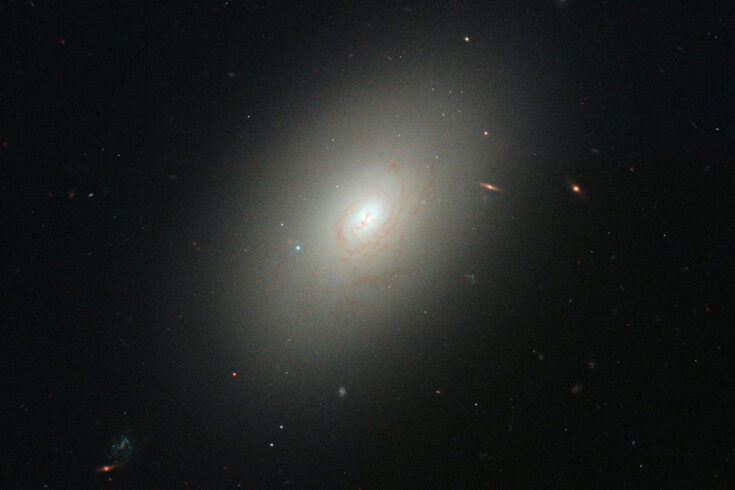The study, which included contributions from physicists at the Science and Technology Facilities Council (STFC) RAL Space, contains the first observational evidence that dark energy connects black holes to the expansion of the Universe.
If confirmed, this finding has the potential to change our understanding of black holes as well as providing an origin for the dark energy in the Universe.
Answering fundamental questions
Dark energy is thought to be the reason that the Universe expands faster as it ages even though the pull of gravity between objects should be slowing the expansion down.
However, this theory is challenged by our understanding of black holes, which have an extremely strong gravitational pull that is hard to oppose, especially at their centres.
One explanation for this could be that black holes are a source of dark energy in the form of vacuum energy. For example, produced by the production and destruction of virtual particles and antiparticles in a perpetual cycle, which pushes the Universe further apart despite this strong gravitational pull.
Looking deep into space
To test this theory, researchers took measurements from ancient and dormant galaxies to show that black holes are growing more than traditional explanations account for.
It also shows that black holes gain mass in a way consistent with them containing vacuum energy, providing a potential source of dark energy.
This new result suggests that black holes could account for the total amount of dark energy responsible for the accelerated expansion of the Universe.
An international effort
The study, which is published in The Astrophysical Journal and The Astrophysical Journal Letters, was conducted by a team of 17 researchers in nine countries. It was led by the University of Hawai’i, including Imperial College London and STFC RAL Space.
STFC RAL Space led efforts to accumulate data from massive galaxies in the local Universe, and particularly ultra-luminous infrared galaxies linked to previous work conducted by RAL Space using the Herschel Space Observatory.
This data provided a crucial steppingstone to understanding the distant universe and then dead galaxies and black holes.
Game changing results
Dr Duncan Farrah, University of Hawai’i Astronomer and lead author on the study, said:
We’re really saying two things at once: that there’s evidence the typical black hole solutions do not work for you on a long, long timescale, and we have the first proposed astrophysical source for dark energy.
What that means, though, is not that other people haven’t proposed sources for dark energy, but this is the first observational paper where we’re not adding anything new to the Universe as a source for dark energy: black holes in Einstein’s theory of gravity are the dark energy.’
Dr Chris Pearson, STFC RAL Space Physicist and co-author on the study, said:
If the theory holds, then this is going to revolutionise the whole of cosmology, because at last we’ve got a solution for the origin of dark energy that’s been perplexing cosmologists and theoretical physicists for more than 20 years.
You can find out more about the study and its findings on the STFC RAL Space website and read an in-depth review by Dr Chris Pearson on The Conversation.
Top image: An image of NGC 4150. Measurements from this elliptical galaxy, which is 45 million light years away in the constellation Coma Berenices, were used as part of the study. Credit: European Space Agency, Hubble

